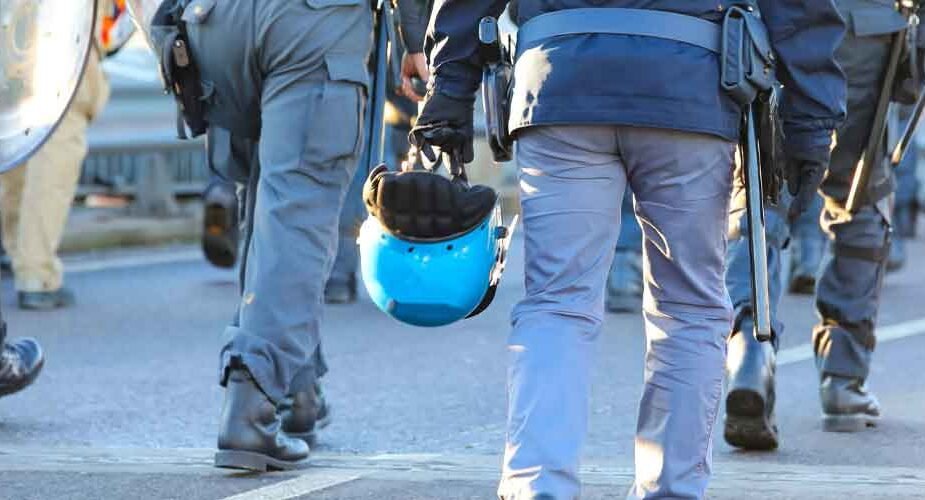Police Gear Essentials You Shouldn’t Overlook

The job shapes the gear. Law enforcement work demands equipment that functions under pressure, holds up during long shifts, and responds as quickly as the officer does. Many departments invest heavily in uniforms and weapons, but smaller essentials often determine whether a situation moves smoothly or turns unpredictable. These overlooked tools influence access, communication, retention, and officer safety moment to moment.
Here’s a look at the gear officers shouldn’t overlook — the items that anchor everyday readiness.
Reliable Illumination Tools
A dependable light remains one of the most important tools an officer carries. Flashlights serve as search devices, threat-identification tools, and communication aids. Reliability matters more than brightness alone.
Modern duty lights should offer:
- regulated output to prevent dimming
- shock-resistant framing for drops
- dual-switch control for gloved operation
- heat management to maintain beam consistency
- tailcap switches for rapid activation
Many consumer-grade lights fail due to voltage sag or overheating. Duty-grade models are engineered around those failure points. Illumination is control. Officers need gear that maintains that control without flicker or delay.
Quality Gun Cases for Transport and Storage
Firearms integrity depends heavily on how they’re transported. Damage often happens outside the field — during vehicle transport, range days, or evidence handling. Quality gun bags prevent moisture exposure, optic misalignment, dust intrusion, and impact shock.
A high-performing gun case should include:
- rigid or semi-rigid padding
- internal retention straps
- reinforced stitching
- zipper tracks that resist bending
- moisture-resistant lining
- modular compartments for magazines or accessories
Officers move between environments quickly. A gun case must protect the weapon without adding unnecessary bulk. Protection is the mission. Portability is the requirement.
Trauma Kits Prepared for Field Reality
Every officer becomes a first responder before EMS arrives. Trauma kits are more than a trunk item. They are a life-preserving extension of the uniform. Kits should include combat gauze, tourniquets, pressure dressings, gloves, airway tools, and shears. Placement matters. Accessibility matters even more.
The key: no item inside a trauma kit should require fine motor skills to access under stress. Tools must pull cleanly. Straps must release instantly. Velcro must not bind when gloves are wet.
Hearing and Eye Protection That Fits the Job
Range gear is not the same as operational gear. Officers need protection that supports rapid transitions and varied environments. Foam earplugs and basic glasses aren’t sufficient for long-term health or reaction reliability.
Operational-grade protection should offer:
- directional hearing for situational awareness
- anti-fog coatings
- scratch resistance
- high-impact ratings
- compatibility with headsets or helmets
Hearing loss is a major occupational risk. According to the CDC, prolonged exposure to sound levels above 85 dB, common in law enforcement operations, can cause irreversible damage.
Better gear reduces long-term injury.
Gloves Designed for Dexterity Under Stress
Gloves remain one of the most misused pieces of police equipment. Too many officers rely on bulky gloves that compromise firearm control or thin gloves that tear instantly. Modern duty gloves solve this with layered construction.
Key features include:
- reinforced palm zones
- cut-resistant materials
- moisture-wicking fabrics
- knuckle protection
- high-dexterity finger joints
A glove must allow an officer to manipulate a weapon, operate a radio, and search a vehicle without removing it.
Duty Belts and Load-Bearing Systems
A misaligned duty belt slows access. A poorly distributed load causes lower-back strain. A loose holster compromises weapon retention. Duty belts should be structured, not flexible. They should lock pouches in place. They should support weight without shifting through rapid movement.
Load-bearing vests solve some of these issues by redistributing equipment weight across the torso. But belts remain central. The key is balance — holster placement, magazine angles, and tool spacing dictate efficiency.
Backup Communication Tools
Radios fail. Batteries drain. Environmental interference disrupts frequency. Officers need backup methods for signaling and communication.
Useful secondary tools include:
- battery packs
- multi-channel radio access
- pre-coordinated hand signals
- emergency beacons for rural calls
Communication is survival. Redundancy reduces risk.
Conclusion
Police gear is more than equipment. It’s an operational system. Each item supports the next. Miss one element, and the system becomes unstable. The essentials listed above shape officer safety, speed, and control in unpredictable environments.
Small tools matter. They close gaps. They support reaction time. And they determine how effectively an officer can move through the demands of the job.
Last modified:

